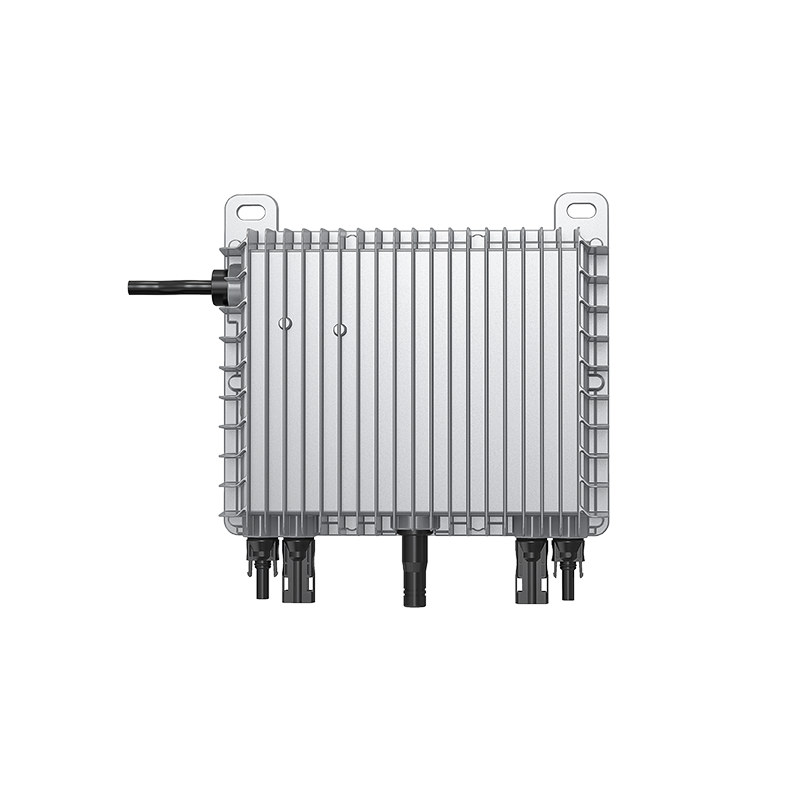Search
What Are You Looking For?
What Are You Looking For?
Micro inverters are compact devices that convert direct current (DC) electricity from solar panels into alternating current (AC) for use in homes or businesses. Unlike traditional string inverters, which manage the output of multiple panels in series, micro inverters are installed on each individual solar panel.
1. Micro Inverter Working Principle
Micro inverters convert DC electricity generated by solar panels into AC electricity right at the panel level. Each micro inverter works independently, optimizing the power output of each panel. This decentralized approach maximizes energy harvest, especially in conditions where shading or panel mismatch occurs.
2. Micro Inverters vs. String Inverters: What's the Difference?
Micro inverters differ significantly from string inverters. While string inverters manage multiple panels connected in series, micro inverters operate on a per-panel basis. This individual optimization minimizes the impact of shading or panel performance variations, leading to higher overall system efficiency and reliability.

3. Advantages and Disadvantages of Micro Inverters
Advantages:
- Enhanced energy harvest through panel-level optimization.
- Improved reliability due to individual panel operation.
- Better performance in shaded conditions.
- Simplified installation and scalability.
Disadvantages:
- Higher initial cost compared to string inverters.
- Potential reliability concerns with more components.
Gospower specializes in advanced energy solutions, including storage batteries, hybrid and off-grid inverters, and power supply products. With a focus on innovation and quality, Gospower's micro inverters, such as the Micro Inverter 800W and Single Phase Micro Inverter, integrate cutting-edge technology to maximize efficiency and durability.